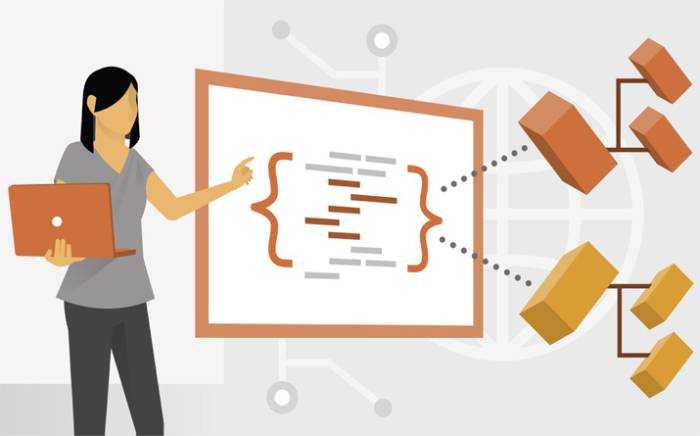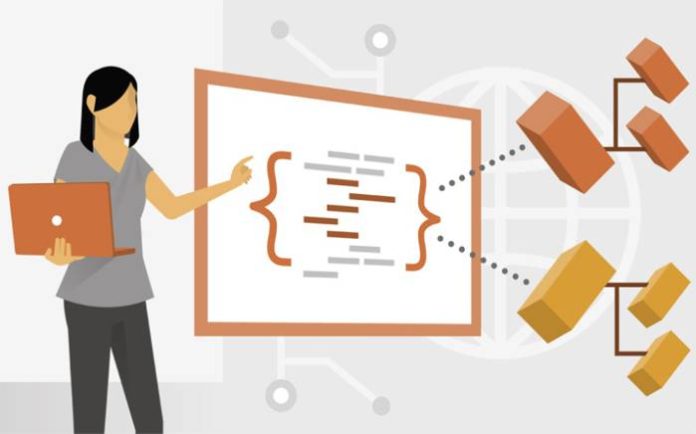APIs (Application Programming Interfaces) play a pivotal role as the linchpin connecting diverse systems. Serving as the conduit for data exchange and functionality access, APIs empower developers to create robust and interconnected applications. As technology continues to advance, applications naturally undergo evolutionary changes to incorporate new features, enhance security, and address emerging requirements. This evolution necessitates careful consideration and strategic planning when it comes to altering APIs to avoid potential disruptions to existing integrations.

In the intricate dance of innovation and stability, the challenge lies in striking a balance between progress and compatibility. The need for introducing modifications to APIs is inevitable, whether it be to optimize performance, adapt to industry standards, or deliver novel functionalities demanded by users. Yet, any alterations must be executed judiciously to ensure that the countless applications relying on these interfaces continue to function seamlessly.
This article embarks on an exploration of diverse API versioning strategies, recognizing that the manner in which version changes are managed can significantly impact the developer experience and overall ecosystem health. Delving into the intricacies of versioning, we will discuss how different approaches, such as URL versioning, header versioning, and media type versioning, cater to varying needs and circumstances. Additionally, we’ll shed light on the best practices that organizations can employ to maintain backward compatibility, fostering a harmonious transition for developers and API consumers alike.
#1. URL Versioning
One of the most straightforward approaches to API versioning is URL versioning. In this strategy, the API version is included in the URL path. For example, https://api.example.com/v1/resource. While simple to implement, URL versioning may lead to cluttered and verbose URLs over time. Developers must carefully plan version increments to avoid confusion and maintain a clean and organized API structure.
#2. Header Versioning
Header versioning involves specifying the API version in the request headers. This approach keeps the URL clean and is particularly useful when the version information is not meant to be exposed in the URL. Developers can include a custom header like Api-Version: 1 in their requests to indicate the desired version. Header versioning allows for cleaner URLs and is more flexible in handling version changes.
#3. Media Type Versioning (Content Negotiation)
Content negotiation allows API consumers to specify the desired media type, such as JSON or XML. With media type versioning, different API versions are represented by different media types. For instance, clients can request application/vnd.example.v1+json. While this approach decouples versioning from the URL, it may require more effort to implement and maintain.
Best Practices for Maintaining Backward Compatibility:
#A. Semantic Versioning
Adopting Semantic Versioning (SemVer) is crucial for clear communication of changes. SemVer consists of major, minor, and patch versions, ensuring that clients can understand the impact of an update. Major versions indicate backward-incompatible changes, minor versions introduce backward-compatible features, and patch versions cover backward-compatible bug fixes.
#B. Deprecation Periods
When introducing breaking changes, provide a deprecation period during which both the old and new versions are supported. This gives developers time to update their integrations. Clearly communicate deprecation timelines and offer migration guides to ease the transition.
#C. Comprehensive Documentation
Maintain detailed and up-to-date documentation that clearly outlines the API’s functionality, endpoints, and any changes introduced in each version. This empowers developers to adapt their integrations proactively and minimizes confusion.
API Automation Testing
API automation testing plays a crucial role in ensuring the reliability and stability of APIs. Automated tests can be designed to validate the functionality, performance, and security of APIs across different versions. Continuous integration and continuous deployment (CI/CD) pipelines can include automated API tests to catch regressions early in the development process, facilitating faster and more confident releases.
DevOps Implementation
DevOps implementation offers organizations the ability to streamline their development and deployment processes. These services encompass a range of practices, including continuous integration, continuous delivery, and automated infrastructure provisioning. By leveraging DevOps Managed Services, teams can enhance collaboration, accelerate development cycles, and ensure the seamless deployment of API updates while maintaining a robust and reliable infrastructure.
In Conclusion
Effective API versioning is essential for the longevity and success of software applications. Adopting the right versioning strategy, implementing best practices, and leveraging automation and DevOps managed services contribute to a smooth and efficient development lifecycle, enabling developers to introduce new features without compromising backward compatibility.







































